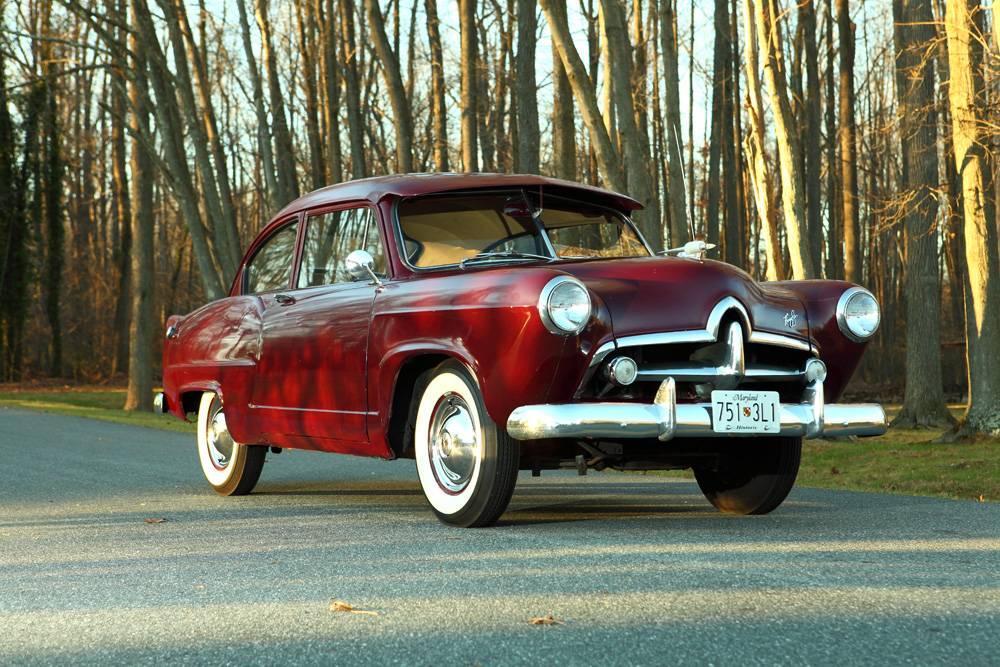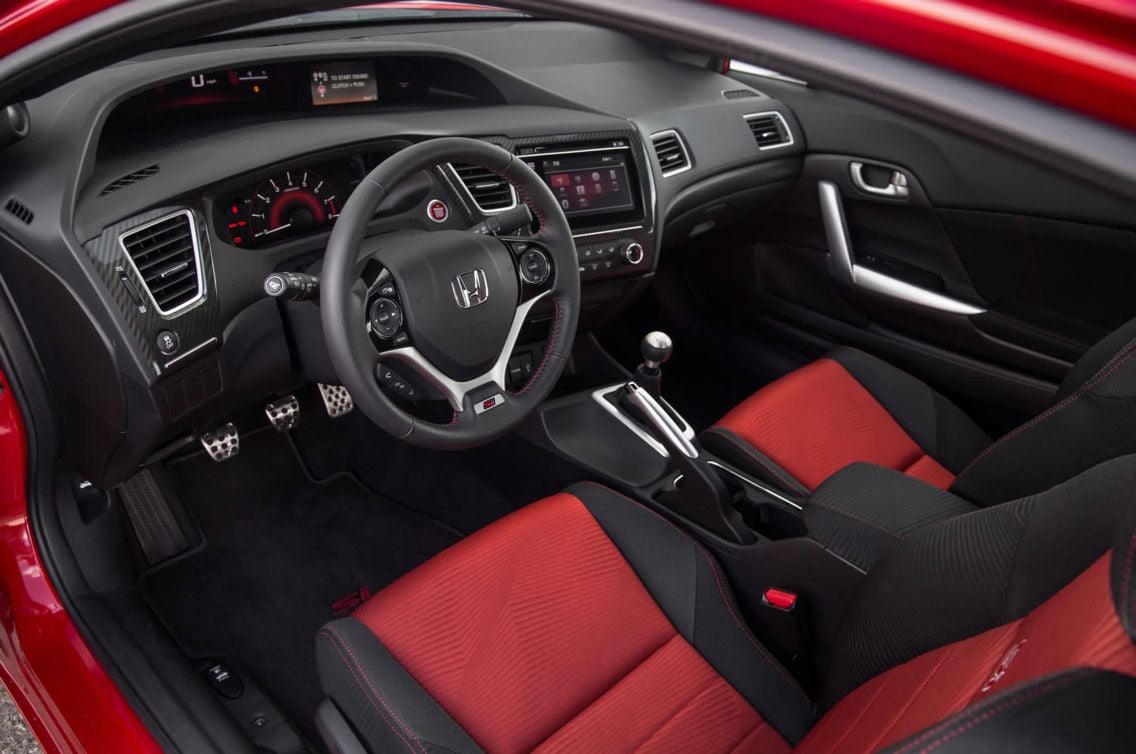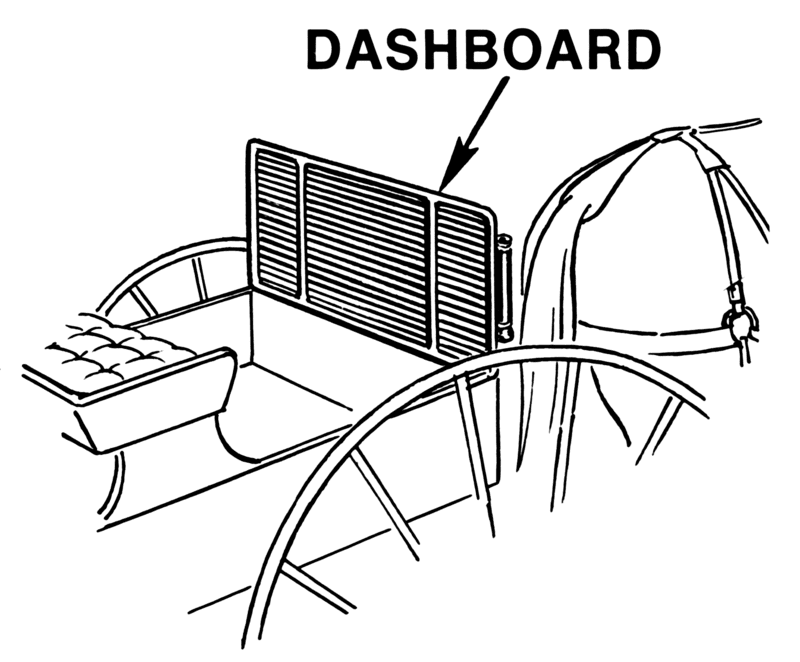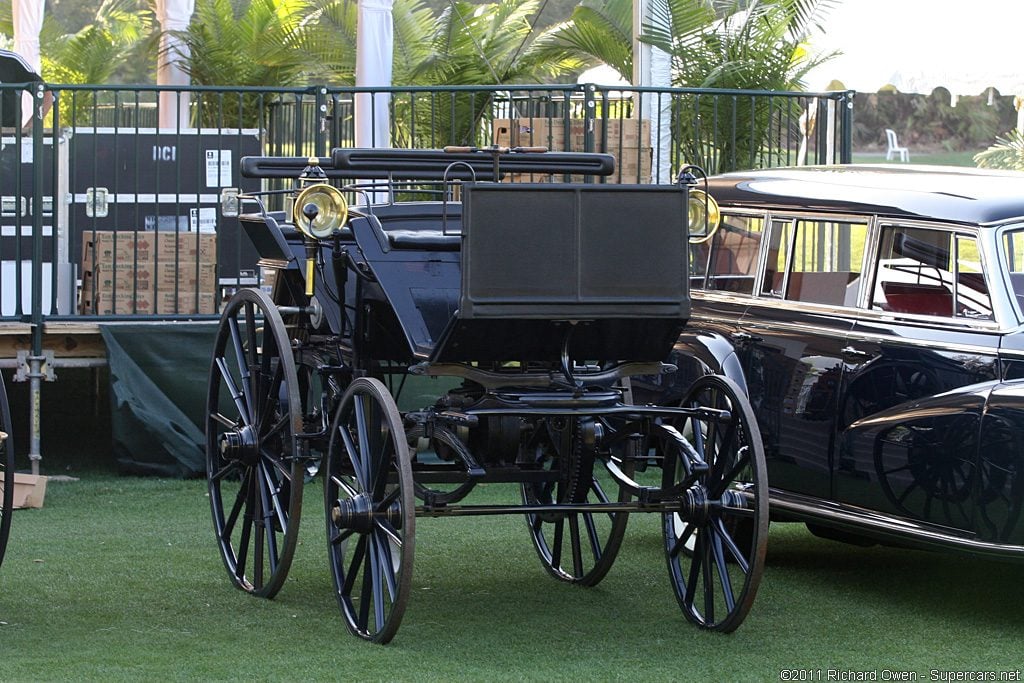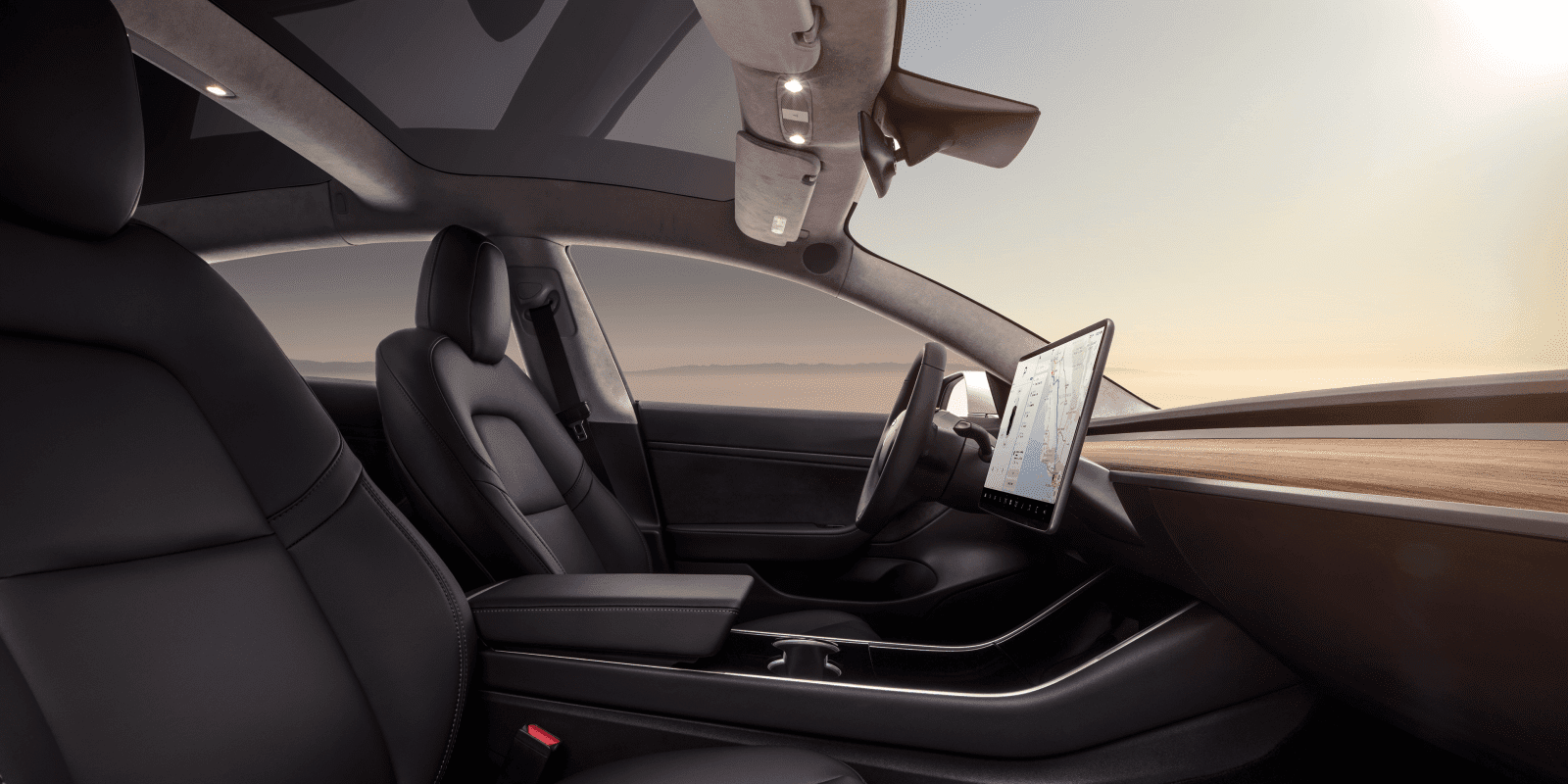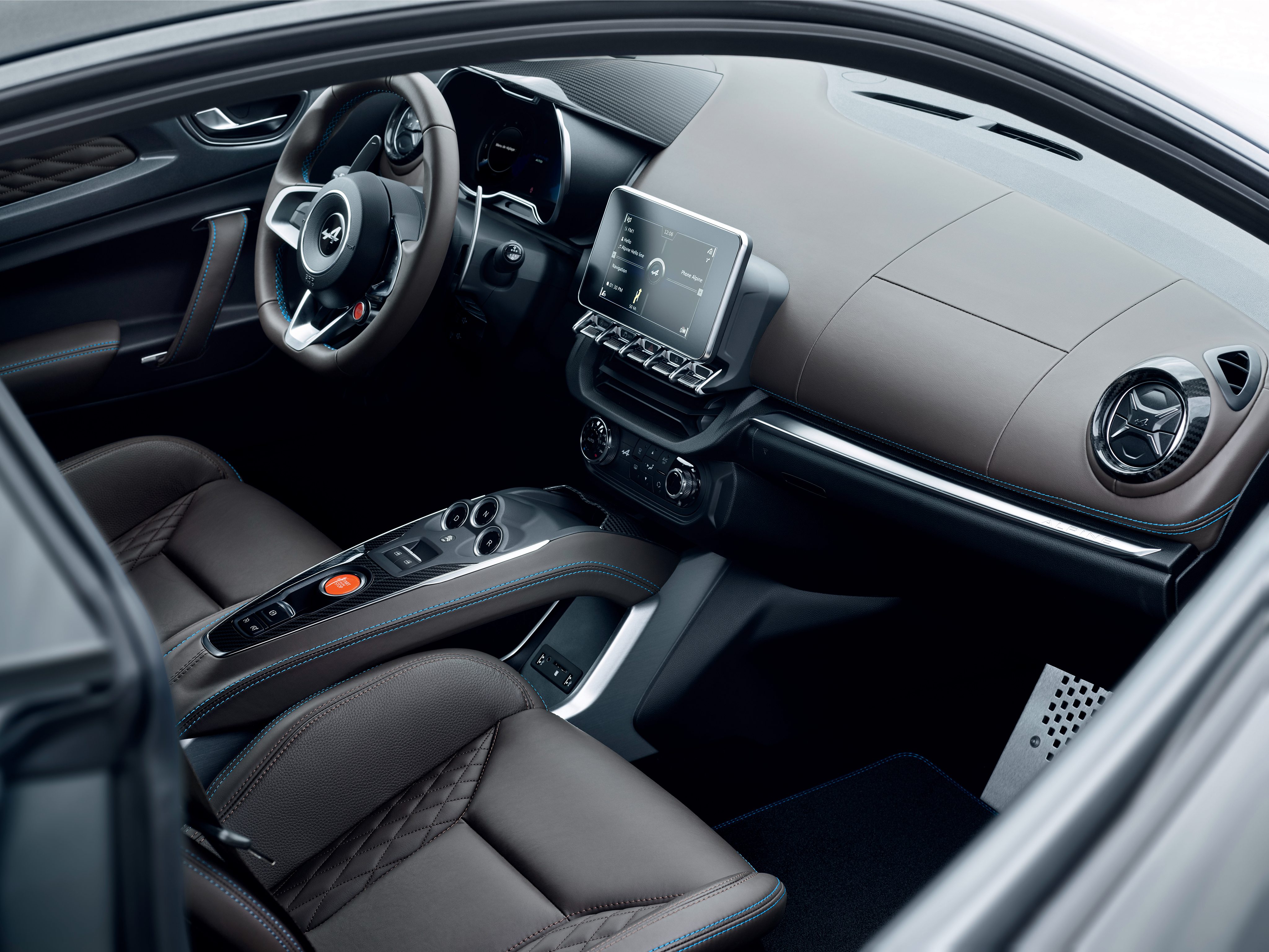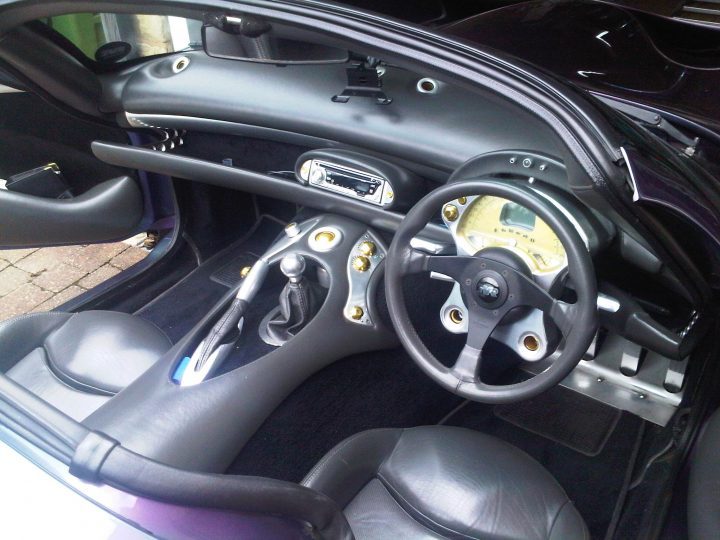GTV0819
(Banned)
- 6,084

- Papua New Guinea
On the other hand, there weren't many large Japanese cars way back then. Their largest models before during the 60s-70s weren't even close to the smallest American car that time, I think.I guess what I'm trying to get at that truly small car design involves interesting challenges of packaging, especially with regards to the interior. I cited the European models (Like the R4) because they have novel approaches to deal with the lack of space. I don't think Mustang/Falcon designers really faced those kinds of mini-car packaging constraints. Know what I mean? It would have been interesting to see what American designers would have come up with in the 60s if they were tasked with making a truly small car. The Pacer might be the closest thing, but even those are pretty large compared to the stuff Europe was making.
edit, from a Wiki citation:
While there is a regional relativity to car sizes, the relativity of size to the human body is fixed. I think that's the difference between small-car design and cars that are merely smaller than others. Does that make sense?
